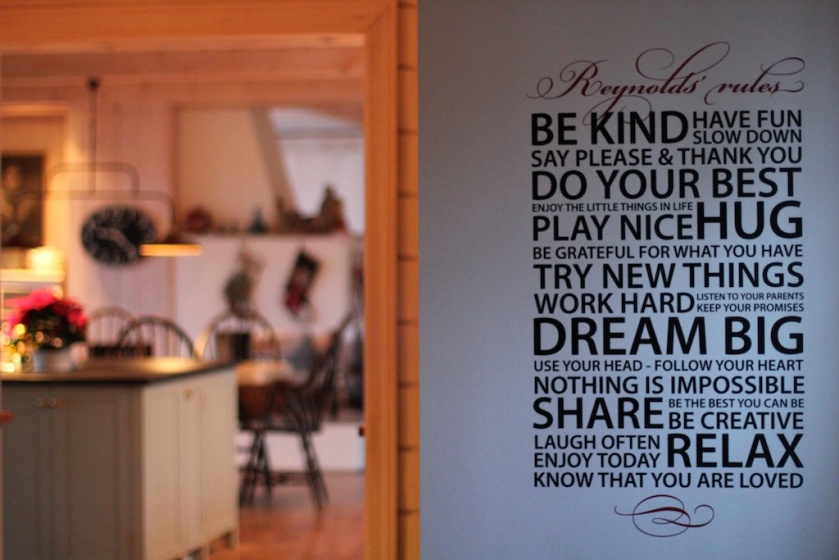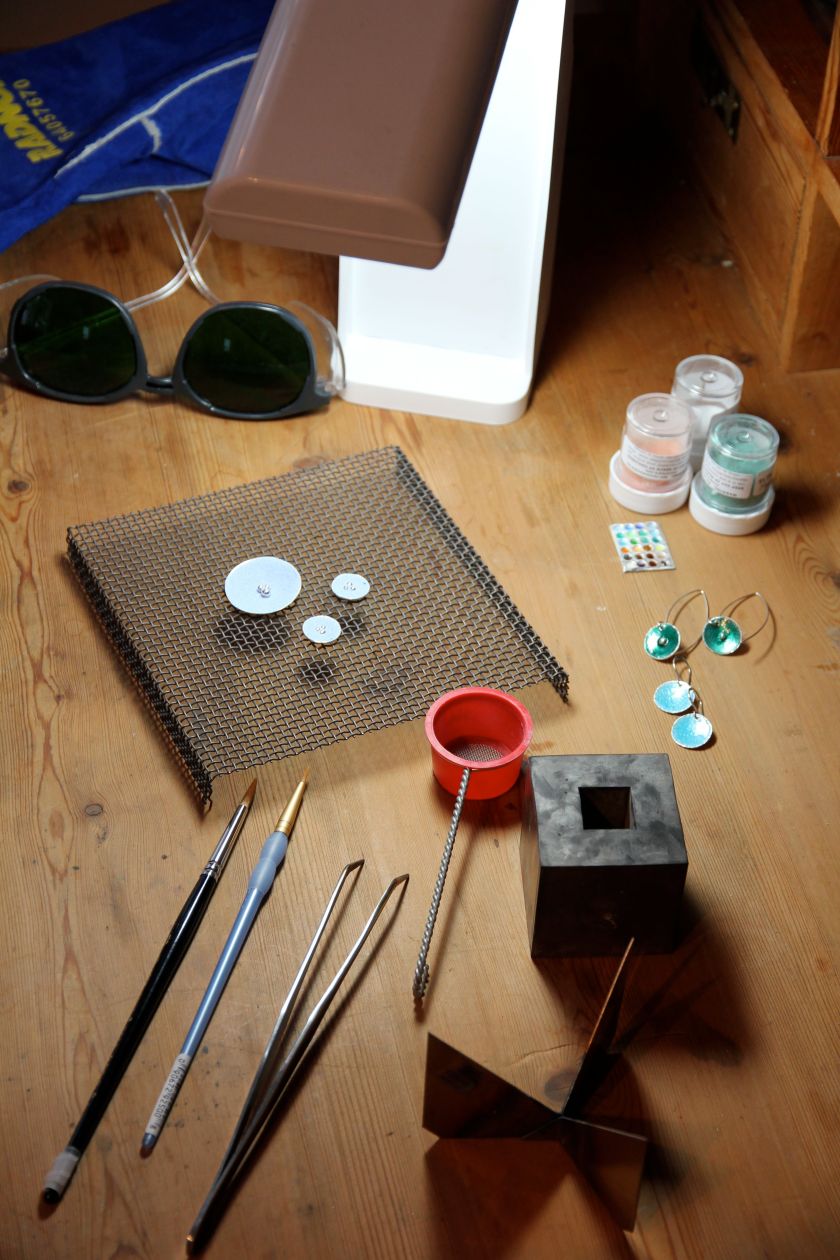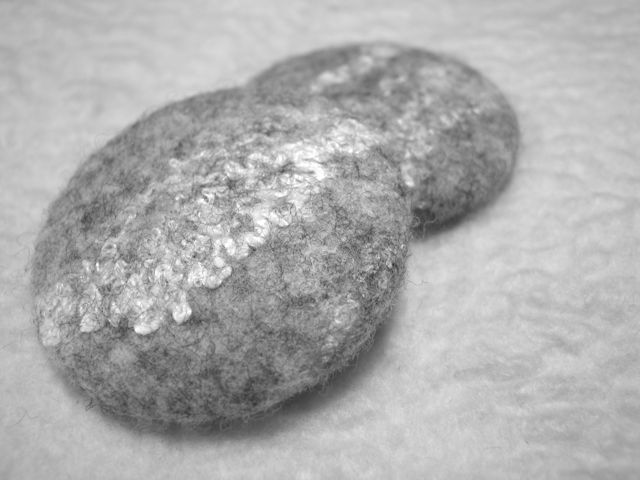local meat – butchering and processing
As mentioned in my earlier post, we have a pig that we slaughtered earlier this week, and when you have that kind of meat coming into your house, you are best to have some sort of plan as to how you want to manage it. We did a lot of reading in advance (highly recommended), and arranged to have all of the tools/supplies need as well as cleared our calendar in order to take care of the meat. Now that we are all done, we have seen that it took us three days with multiple people each day in order to manage the task. This is definitely a group project! Here is how we broke it down: Day 1: Slaughter halving of the carcasses removal of heads hanging Day 2: Butchering cutting the primals leg shoulder belly loin deboning the legs and removal of hooves tying and packaging roasts, ribs and chops scraping stock bones setting aside fat and meat for grinding and sausage production Day 3: Production / Processing making stock from the bones seasoning for dry curing …







